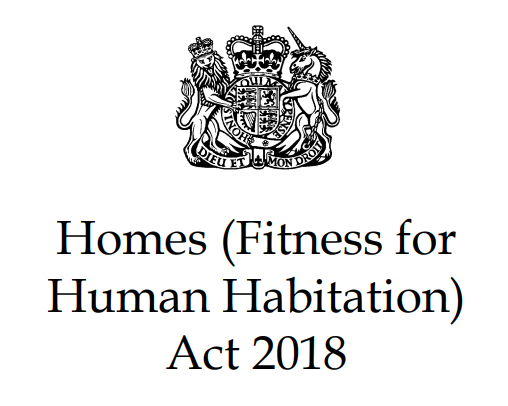Residential repairing obligations – Is the property fit for human habitation?
With house prices being what they are, the property rental market has never been more important. Increasing numbers of people, with little prospect of themselves getting on the property ladder, rely exclusively on private landlords to provide accommodation. In exchange for an agreed rent, the landlord takes responsibility for making sure that the occupied property is suitable and continues to be safe for those living there. As part of these obligations, landlords (with limited exceptions such as with longer length tenancies) have a responsibility to ensure that a property is kept in proper repair.
Given the wide range of obligations contained in legislation (such as section 11 Landlord and Tenant Act 1985), common law duties and contractual obligations agreed between the parties at the start of the tenancy, it can be difficult to decipher exactly where any obligation starts and has subsequently been complied with. Equally these obligations do not always account for the varying degrees of urgency. For instance, the same issue of repair between two properties may have drastically different levels of urgency depending on occupation. Heating and hot water issues may be inconvenient to a set of tenants in their 30s but could be potentially life threatening to occupiers in poor health in their 80s.
there has been a move to address the ‘take it as it is’ approach to letting out a property.
Cases like Sternbaum v Dhesi [2016] illustrate limits to the ability for the tenant hold the landlord to account for disrepair but do not address the major issue in making sure the property is reasonably safe for those occupying even if that may require a slight improvement to the property to do this. There has therefore been a move to address the ‘take it as it is’ approach to letting out a property. The previous obligations set out above still remain, however the varying nature of what a repair is, has meant a growing need for flexibility and so further teeth have been given to a pre-existing standard of housing. The Housing Health and Safety Rating System (HHSRS) is a set of 29 hazards that can exist in a property. These hazards account for physiological requirements such as mould and damp, physiological requirements such as overcrowding, protection against infection involving hygiene and protection against accidents covering trip hazards etc. To provide some context to this, the case referred to earlier in this blog, Sternbaum v Dhesi, looked at the absence of a handrail and concluded that there was no disrepair because even if when designed there was a handrail, because it was not there at the start of the tenancy the landlord had no obligation to repair what was not originally included.

When giving comment and advice on a non-specific basis, Boyes Turner cannot assume legal responsibility for the accuracy of any particular statement. In the case of specific problems it is recommended that professional advice be sought.
About Boyes Turner
Boyes Turner are a regional UK law firm with an impressive international reach. The expertise of their teams is considerable, spanning the corporate world, technology and private clients. Richard Pulford is an Associate in the firm’s Property Disputes team with over 10 years of experience in property law. He advises on all elements of residential and commercial property matters. (rpulford@boyesturner.com)
* * *


